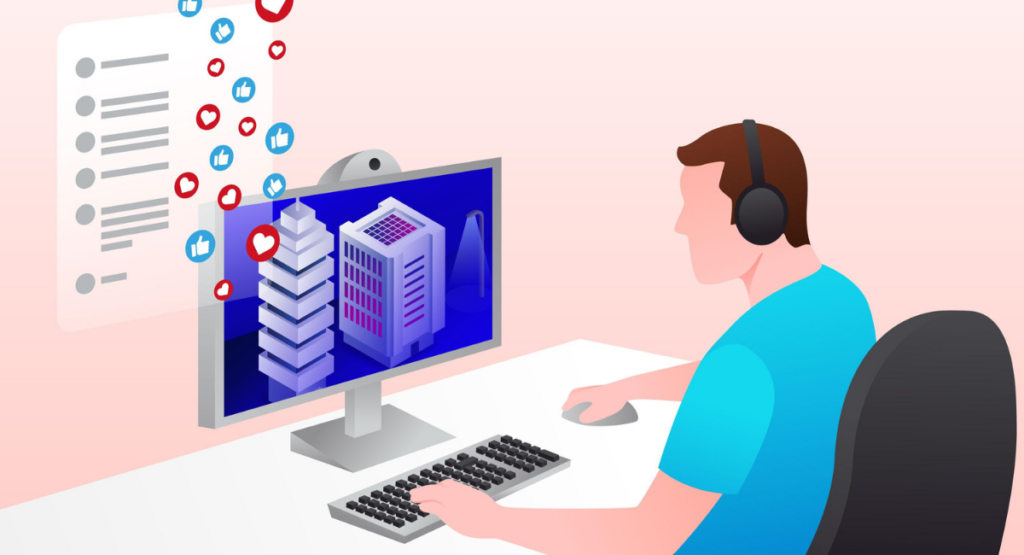Smoke testing, often dubbed as "build verification testing," is a preliminary type of testing performed on software builds. This critical component in the quality assurance process is designed to ensure the basic functionalities of a program are working as expected.
By conducting smoke tests, developers and testers can quickly identify significant issues early in the development cycle, saving time and improving product quality.
This form of testing offers a swift, cost-effective method to verify software stability and functionality post-integration, acting as a checkpoint before more rigorous testing phases commence.
What is smoke testing?

Definition of smoke smoking
Smoke testing, often referred to as "build verification testing," is a type of software testing that checks whether the crucial functions of an application operate correctly without going into finer details.
This form of testing is named after a hardware testing practice where a device is first tested to ensure it does not catch fire or smoke at the initial switch-on.
In software terms, smoke test serves as a metaphorical first switch-on to determine if the build is stable enough to proceed with further testing.
Purpose of smoke testing
The primary purpose of smoke testing is to ascertain the stability of a software build delivered for quality assurance. It acts as a gatekeeper, ensuring that the basic components of the application are robust enough to withstand more rigorous tests in later stages.
Smoke tests are designed to be simple yet comprehensive enough to cover the functionalities that the application promises. By confirming that key features function correctly, it saves time and effort down the line by catching major faults early.
Significance of smoke testing in software development
Ensuring initial build stability
Smoke testing plays a critical role in maintaining the stability of the initial software build. This quick test cycle is crucial as it helps in identifying any broken features that could severely impact the later stages of the development process.
By verifying that major functionalities are working as expected, it provides confidence not only to the testers but also to the developers, stakeholders, and clients that the software application is on the right track of development and is architecturally sound.
Identifying major issues early in development cycle
The ability to identify major issues at the beginning of the software development cycle greatly enhances the efficiency of the development process. During smoke testing, key functionalities are checked under basic conditions to ensure they are working correctly. This early detection:
- Allows developers to fix bugs before they become more complex and expensive to resolve
- Reduces the risk of significant defects being discovered at a later stage, which could potentially derail the project timeline
- Ensures higher quality and stability of the product as it progresses through the development cycle
- Saves time and resources by preventing the large-scale execution of test cases on a faulty build
In essence, smoke testing serves as an early diagnosis that can make or break the success of the project. By identifying critical failures early, it ensures that the team can proceed with more detailed tests, leading to a robust and stable final product.
Benefits of smoke testing
Improved software quality
Smoke testing, often considered a preliminary testing stage, significantly enhances the overall quality of software by identifying severe functional issues early in the development cycle.
By running these tests after each build, developers can quickly ascertain whether the core functionalities of the application are working as expected without delving into more detailed testing.
This immediate feedback loop ensures that any critical integration or basic functionality errors are caught and rectified at the earliest stage, which enhances the robustness and reliability of the final product.
Early detection and resolution of defects contribute to a more stable build, ultimately leading to higher software quality.
Cost-effectiveness
Incorporating smoke testing into the development process can also be exceptionally cost-effective. Identifying and fixing defects early in the development cycle significantly reduces the cost of resolving bugs later on, which might require more complex fixes and retesting.
The earlier a defect is detected, the less it costs to fix, as the corrections can often be made before additional functionality is built on top of the flawed foundation.
Furthermore, smoke testing helps in saving resources by eliminating lengthy and unnecessary testing on unstable builds, focusing efforts only on builds that have passed the initial critical checks.
Time-saving
Smoke testing is also a great time-saver in the software development lifecycle. By verifying that the major functions of a new build work as intended, it prevents scenarios where the team moves forward with testing that is doomed to fail due to critical issues.
This truncates the testing cycle by sidelining builds that are not yet ready for in-depth tests. Additionally, it enables developers to focus on enhancing features and fixing bugs without being bogged down by unexpected breakdowns in functionality, thus speeding up the release process.
Integrating smoke testing into testing strategies

Best practices for conducting smoke testing
To effectively integrate smoke testing into your testing strategies, consider the following best practices:
- Develop a concise and easily repeatable smoke test suite focused on core application functionalities.
- Ensure that smoke tests are automated wherever possible to facilitate frequent and consistent testing across builds.
- Smoke tests should be run on fresh environments to mimic the experience of a new user.
- Integrate smoke testing into the CI/CD pipeline to automate running these tests every time a new code commit is made.
Regularly review and update the smoke test cases to adapt to new features and changes in the application.
Tools used for smoke testing
Several tools can be utilized to conduct effective smoke testing:
- Selenium: A popular tool for automating web browsers, Selenium is commonly used to perform smoke tests on web applications.
- JUnit: Often used for Java applications, JUnit can be employed to write repeatable smoke tests quickly.
- Postman: For APIs, Postman allows teams to create and automate smoke tests to verify basic functionalities such as the responsiveness and connectivity of API endpoints.
- TestComplete: It offers a comprehensive suite for creating automated tests for desktop, mobile, and web applications.
- SmokeTestr: This is a focused tool specifically designed for running smoke tests, providing straightforward and clear results.
By leveraging these practices and tools, teams can seamlessly integrate smoke testing into their software development lifecycles, ensuring that every release is built on a solid foundation.
Book a Demo and experience ContextQA testing tool in action with a complimentary, no-obligation session tailored to your business needs.
Conclusion
Smoke testing is essential in the early cycles of software development since this process provides a preliminary yet effective way to catch important issues that might put a project off-track.
Therefore, it can provide basic treatment to ensure the central functionalities are stable and working in a software build to avoid falling into errors that are either too costly or time-consuming for later stages of development.
Although simple, smoke testing presents a very important first line of resistance in quality assurance and allows for smooth, efficient project progression.
Smoke testing significantly enhances the robustness and user satisfaction of the finalised product and reduces time-to-market.
Also Read - Mastering E2E Testing: How to Create Readable, Stable, and Maintainable Scripts
We make it easy to get started with the ContextQA tool: Start Free Trial.
